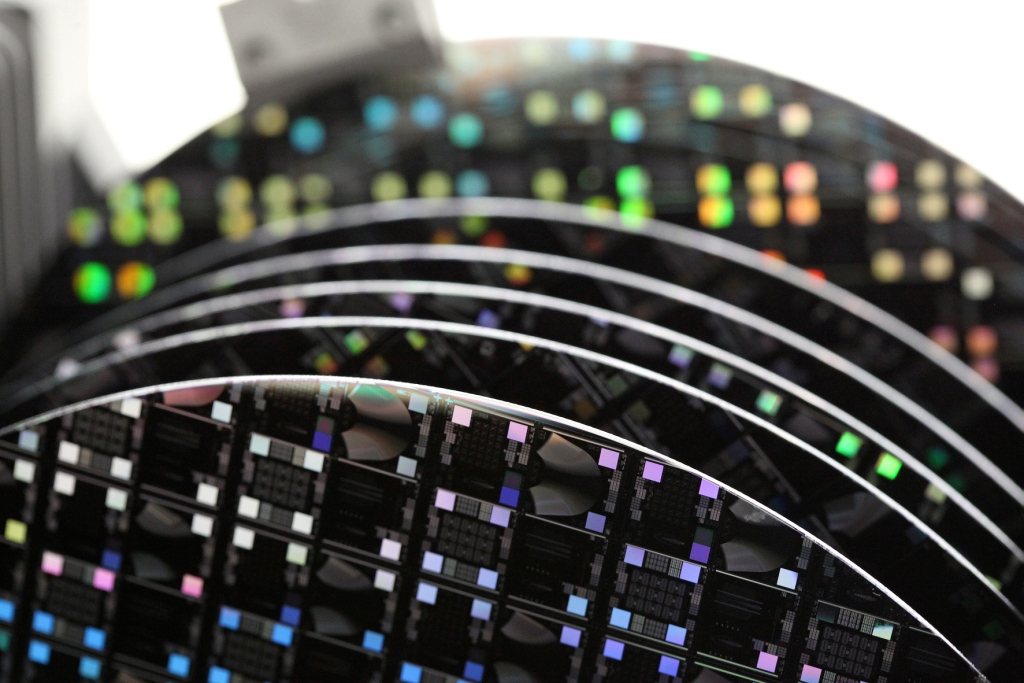Specific Process Knowledge/Lithography: Difference between revisions
| Line 155: | Line 155: | ||
'''<big>[[Specific Process Knowledge/Lithography/Coaters|Coating]]</big>''' | '''<big>[[Specific Process Knowledge/Lithography/Coaters|Coating]]</big>''' | ||
*[[Specific_Process_Knowledge/Lithography/Coaters#Spin_Coater:_Gamma_UV|Spin Coater: Gamma UV]] | *[[Specific_Process_Knowledge/Lithography/Coaters#Spin_Coater:_Gamma_UV|Spin Coater: Gamma UV]] | ||
*[[Specific_Process_Knowledge/Lithography/Coaters#Spin_Coater:_Gamma_E-beam_and_UV|Gamma e-beam & UV]] | *[[Specific_Process_Knowledge/Lithography/Coaters#Spin_Coater:_Gamma_E-beam_and_UV|Spin Coater: Gamma e-beam & UV]] | ||
*[[Specific Process Knowledge/Lithography/Coaters#Spin_Coater:_RCD8|Spin Coater: RCD8]] | *[[Specific Process Knowledge/Lithography/Coaters#Spin_Coater:_RCD8|Spin Coater: RCD8]] | ||
*[[Specific_Process_Knowledge/Lithography/Coaters#Manual_Spin_Coaters|Spin Coater: Manual ...]] | *[[Specific_Process_Knowledge/Lithography/Coaters#Manual_Spin_Coaters|Spin Coater: Manual ...]] | ||
Revision as of 17:15, 14 November 2017

Feedback to this page: click here
Comparing lithography methods at DTU Danchip
| UV Lithography | DUV Stepper Lithography | E-beam Lithography | Nano Imprint Lithography | |
|---|---|---|---|---|
| Generel description | Pattern transfer via UltraViolet (UV) light | Pattern transfer via DeepUltraViolet (DUV) light | Patterning by electron beam | Pattern transfer via hot embossing (HE) |
| Pattern size range |
|
|
|
|
| Resist type |
|
|
|
|
| Resist thickness range |
~0.5µm to 20µm |
~50nm to 2µm |
~30nm to 0.5 µm |
~ 100nm to 2µm |
| Typical exposure time |
2s-30s pr. wafer |
Process depended, depends on pattern, pattern area and dose |
Depends on dose, Q [µC/cm2], beam current, I [A], and pattern area, A [cm2]: t = Q*A/I |
Process depended, depends also on heating and cooling temperature rates |
| Substrate size |
|
|
We have cassettes that fit to
Only one cassette can be loaded at time |
|
| Allowed materials |
|
|
|
|
Equipment Pages
Lithography Tool Package Training
DTU Danchip offers a Tool Package Training in Lithography; the course includes theory on lithographic processes and equipment, as well as training in equipment operation and processing in the cleanroom.
The course is for all users that intend to perform any kind of lithographic processing in the cleanroom, and is a prerequisite for training in other lithography equipment.
For details, dates, and course material, please check the course description under Courses.
| Lithography Tool Package Training | |
|---|---|
| Schedule |
Theoretical part
Practical part
|
| Location |
Theoretical part
Practical part
|
| Qualified Prerequisites |
|
| Preparations |
Before the "questions and exercises" session
Before training session
|
| Course Responsible |
The Lithography Group at DTU Danchip. Sign up for the course by e-mailing to lithography@danchip.dtu.dk. |
| Learning Objectives |
|
Knowledge and Information about Lithography
